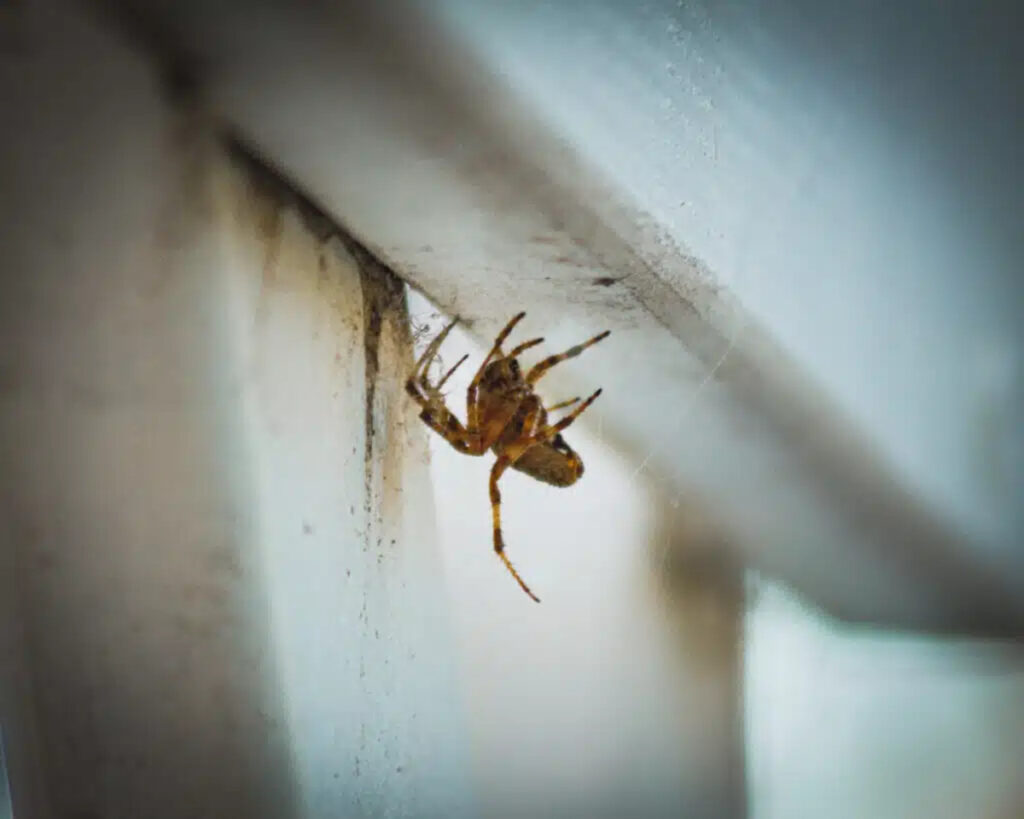For many of us, the sight of a spider in the house is enough to spark a mini-crisis. The instinctive response is often to scoop it up and release it outside, thinking we’re doing the humane thing. However, experts suggest that this well-meaning act may actually do more harm than good. Let’s delve into why keeping that spider indoors might be a better choice.
The Role of Spiders in Your Home
Spiders are more than just creepy crawlies; they play a crucial role in maintaining a healthy indoor ecosystem. These arachnids are natural pest controllers, feeding on insects like flies, mosquitoes, and even other spiders. By keeping the spider population in check, you are indirectly reducing the number of pests in your home without the need for chemical insecticides.
I remember a time when I noticed a small spider weaving its web in the corner of my kitchen. At first, my reaction was to get rid of it. But after learning about their benefits, I decided to let it be. To my surprise, I saw fewer flies buzzing around the fruit bowl.

The Survival Challenge for Relocated Spiders
When you release a spider outside, you might be subjecting it to an environment where it can’t survive. Indoor spiders are adapted to the stable conditions inside our homes. Once outside, they face harsh weather, predators, and a lack of suitable shelter, significantly reducing their chances of survival. According to a study published by the British Arachnological Society, many indoor spiders perish shortly after being released outdoors.
Think of it like this: imagine being suddenly moved from your cozy home to a completely foreign environment without any preparation. It’s a similar experience for spiders when we relocate them from their familiar indoor habitat to the unpredictable outdoors.
Misconceptions About Spider Bites
A common fear that drives people to evict spiders is the fear of being bitten. However, most indoor spiders are harmless to humans. Bites are rare and usually occur only when a spider feels threatened. The majority of spider species found in homes pose no real danger. In fact, according to the American Museum of Natural History, the chances of being bitten by a spider are much lower than most people believe.

A Coexistence Strategy
Instead of releasing spiders outside, consider a coexistence strategy. You can gently relocate them to less frequented areas of your home, such as the basement or attic, where they can continue their pest control duties without disturbing your day-to-day activities.
I’ve adopted this approach, and it’s been surprisingly effective. Whenever I find a spider in a high-traffic area, I carefully move it to a quiet corner of the house. This way, I keep my home bug-free while also ensuring the spiders can thrive.
Conclusion
Before you rush to release the next spider you find indoors, remember that keeping it inside might be the best option for both you and the spider. By allowing these arachnids to do their job, you’re supporting a natural form of pest control and maintaining a healthier indoor environment. So next time, instead of evicting your eight-legged houseguest, consider letting it stay – you might find it’s a win-win situation.






